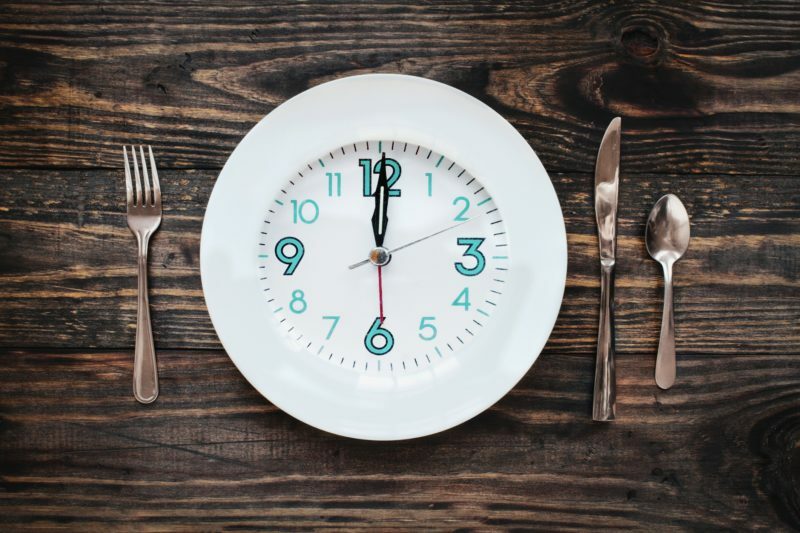As a nutritionist, I’ve been familiar with all the metabolic benefits of fasting for decades. I just never actually did it. And when I finally tried it, it was more by accident than by design. I play tennis very early in the morning, and I got in the habit of not eating before tennis and doing just fine. Before I even realized that it had become a “thing,” I was basically having my first meal of the day at around 1:30. And since I go to bed around 9:30-10:00, I was actually (inadvertently) following the classic 16:8 intermittent fasting schedule, where you don’t eat for 16 hours (including sleep time), and consume all your calories for the day within an 8 hour “eating window.”
I was getting into the groove of this eating schedule about two years ago, and I was loving how I felt. My weight—which was always difficult to control—all of a sudden became a non-issue, and I stabilized at my “perfect goal weight” (and have remained there for over two years!)
So I started digging a little deeper into the fasting world, studying a little more, playing around with fasting schedules, and…because I am at heart and soul a teacher…I decided to write a course introducing people to the basics of intermittent fasting. (The course is free and it’s pretty cool. You can sign up on the front page of my website,www.jonnybowden.com.)
In this article, I want to give you three of the top takeaways from the world of fasting. You do not have to fast to benefit from these three tips, and you don’t even have to change what you currently eat (although, for many people, that would be a really good thing to do and would give you additional benefits beyond what you’ll get from following these three suggestions). You can do what I’m about to suggest you do andstill eat the exact same food you’re eating right now. These three take-aways from the world of fasting do not addresswhatyou eat, they addresshowyou eat.
Andhowyou eat can make all the difference in the world when it comes to your waistline, your body fat percentage, your energy, and your overall health!
-
Finish your meal within 60 minutes.
-
Allow at least four hours between meals.
-
Do not eat anything between meals.
In conclusion...
Most of us have tried to lose weight—or get more energy, sleep better, detoxify, get rid of brain fog—by concentrating onwhatwe’re eating. In a nutshell, fasting teaches thathow you eat—specifically,whenandhow often—can have as much impact on your health as what you eat.Changing the timing of your meals—and the number of hours you put between them—seems to be a lot easier for many people than changing what they eat. These three terrific take-aways from the world of fasting are a great place to begin to get your health—and your weight—back on the right track!










